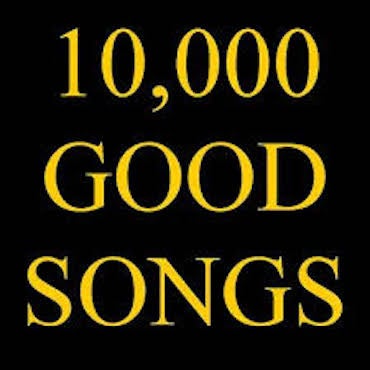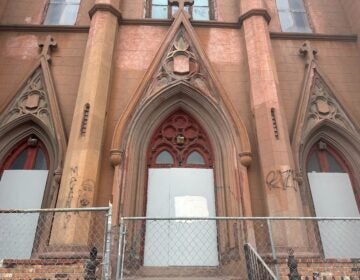Postcard from San Antonio
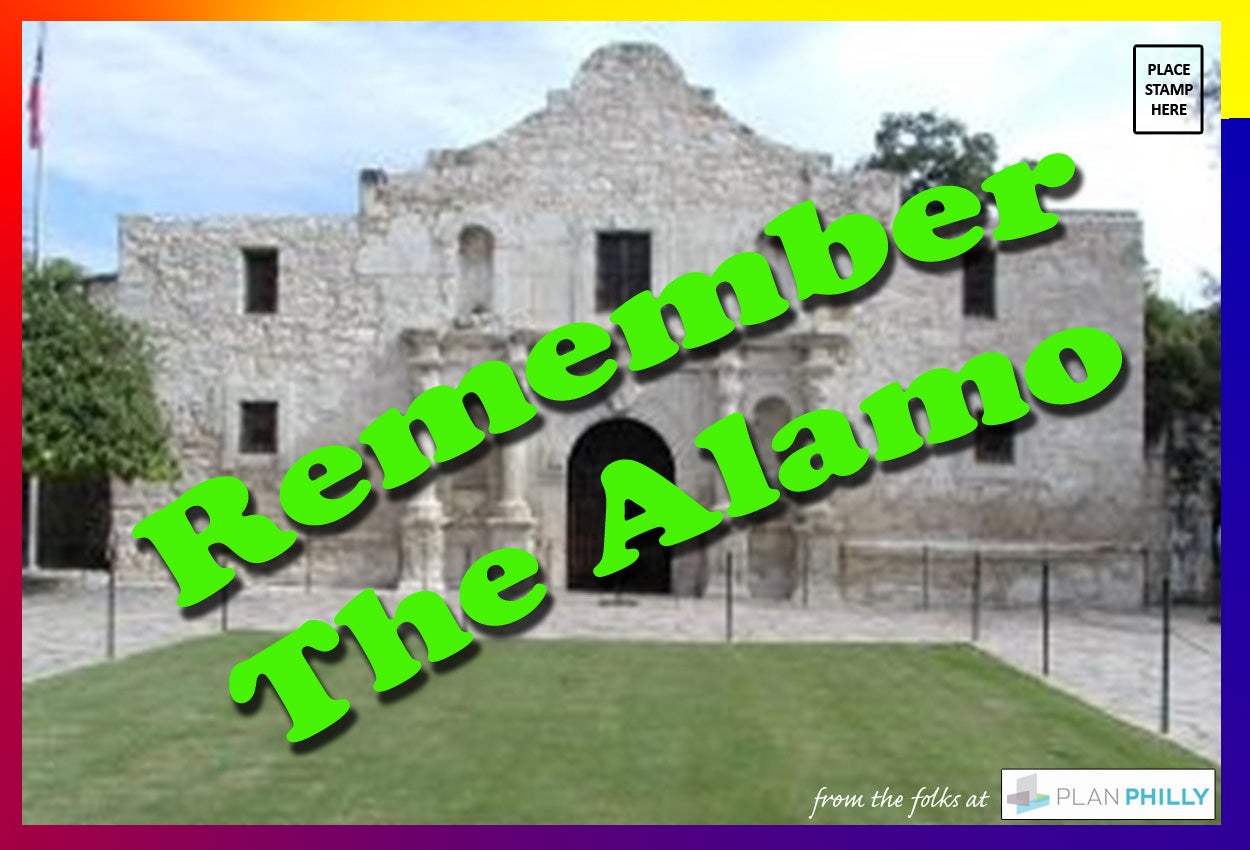
May 27
Previous postcards: San Francisco, Germany, Pittsburgh, New Orleans, New York City, Boston, China
By Matt Golas
For PlanPhilly
As Philadelphia struggles to turn its post industrial waterfront into a place that people will respect, share and think of as their own, a South Texas city known as much for its diners, drive-ins and dives as for its River Walk is about to realize a major dream.
This Saturday, that pumped up, dammed up and recycled tourist attraction known as the San Antonio River Walk will grow past its original 1920 footprint thanks to a $74.4 million project called the Museum Reach along 1.33 miles of once neglected culverts and ditches.
The just completed Urban Segment of the Museum Reach project turns a little used wasteland into wide biking and hiking trails at water’s edge that blossom with native plants and thematic art and allow public access to barges that can now travel to the historic Pearl Brewery.
On a recent visit to Tejas, PlanPhilly learned that public art, public access and connectivity are at the heart of this 30-year planning and implementation process. (Think bike riding, dog walking, picnics, class trips … just plain old fun)
According to the San Antonio River Authority, the project goals were designed to enhance the life of citizens and tourists by:
1. Restoring the natural ecosystem by improving water quality and increasing the diversity of plant and animal species.
2. Keeping the 100-year floodplain in check (parts of San Antonio are extremely flood prone)
3. Maintaining and growing the city’s unique nature while making what was a concrete and highway dominated landscape more attractive through recreational amenities along an expanded linear park system.
4. Linking, through art, citizens with cultural resources and thus allowing them to celebrate their rich historical legacy and connection to iconic mission churches.
5. Bringing more tourism to the city through a commitment to sustainable (read LEED certified) business development along the extended River Walk.
And PlanPhilly left town with a new appreciation for the growing focus on going green that is being emphasized in a place (the city is 412 square miles big!) that has long been defined by sprawl and impervious surfaces.
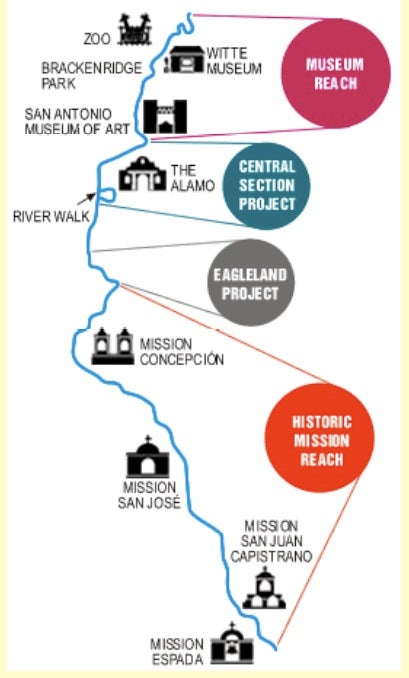
The graphic above, courtesy of the San Antonio River Authority shows the project limits in terms of geography. The Urban Segment of the Museum Reach section is only a small part of the overall base project, which is expected to stretch for 13 miles, will go as far south as Mission Espada and will cost at least $233 million.
When all the bells and whistles have been sounded in 2014 it is estimated that the City of San Antonio, Bexar County, the San Antonio River Foundation and the Army Corps of Engineers will have spent $402.1 million.
Because the San Antonio River is fed by two major groupings of Edwards Aquifer springs – locals call one spot where it burbles forth the “Blue Hole” because the limestone there creates vivid blue water (note: by the time it gets downtown it’s pretty brown thanks to runoff, pollution etc.) – the main goals of the project include flood control and ecosystem restoration.
The bonus that comes with this type of infrastructure investment is large scale public access and public amenities. According to the San Antonio River Authority, the project will stabilize the river channel; extend navigation by river barge through the addition of a lock and dam; create access along a linear park that links major cultural institutions and commercial centers; and add landscaping, pocket parks, lighting and signage.
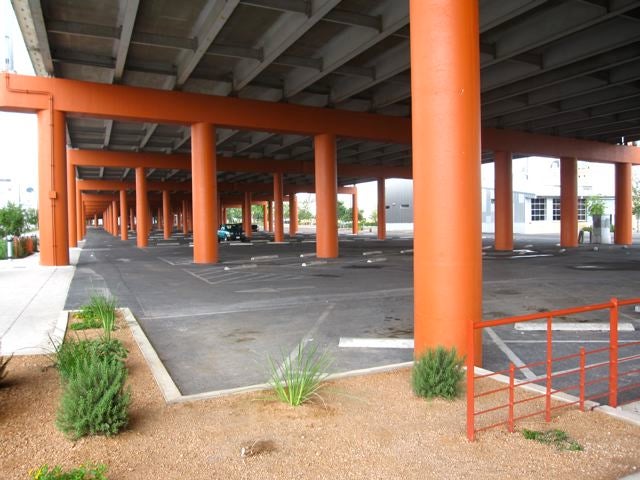
Public parking under I35
And here’s a factoid that will resonate with Philadelphians who care about our waterfront. The public interaction in the Texas project has been impressive. The San Antonio River Oversight Committee, a 22-member citizen committee, was appointed in 1998 to guide the planning and implementation of the project. SAROC continues to actively guide the project’s implementation.
We guess all good things come in time.
ON THE WEB:
http://www.sanantonioriver.org/museumreach.php
http://www.edwardsaquifer.net/sariver.html
http://www.sanantonioriver.org/overview.html
WHYY is your source for fact-based, in-depth journalism and information. As a nonprofit organization, we rely on financial support from readers like you. Please give today.

